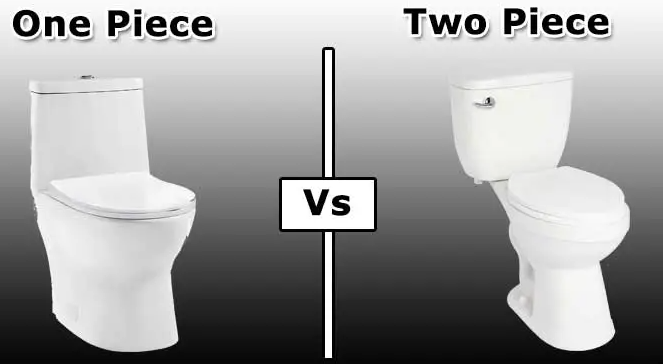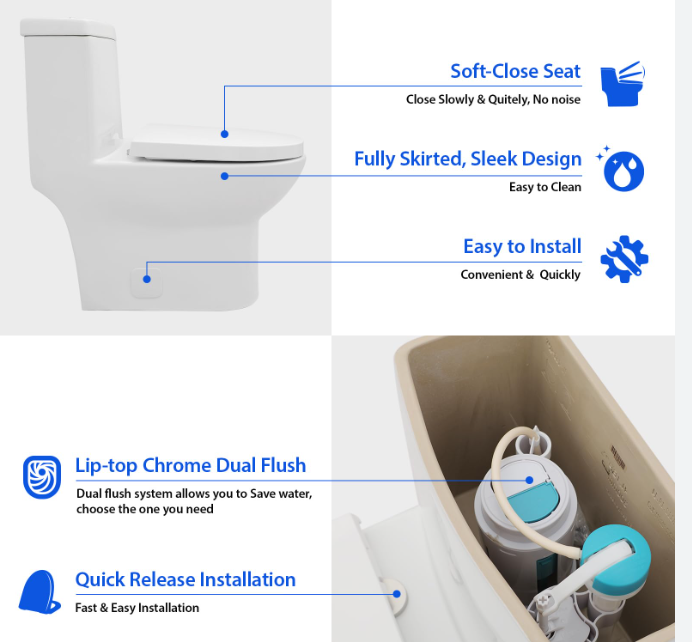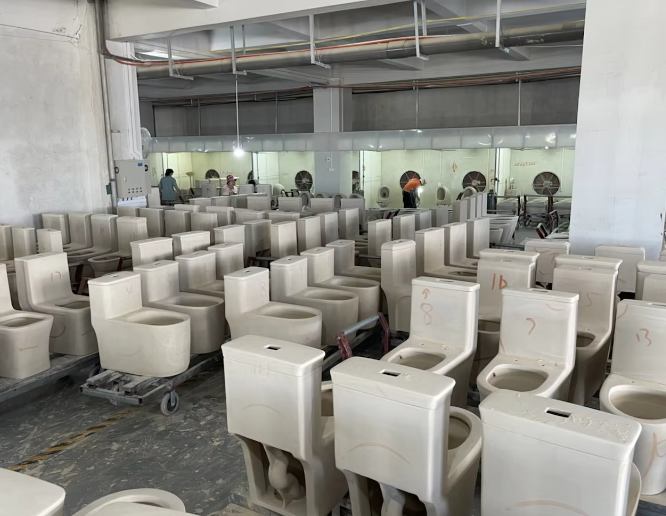In modern bathroom design, the choice of toilet not only affects overall aesthetics but also directly impacts user experience and maintenance costs. The two most common choices on the market are one-piece toilets and two-piece toilets. While both serve similar functions, one-piece toilets typically carry a higher price tag. This article will explore the various factors contributing to this price difference and provide valuable insights for B2B purchasers.

What Are The Pros And Cons Of A One-Piece Vs A Two-Piece Toilet
I. Functional Differences
1. Advantages of One-Piece Toilets
One-piece toilets combine the tank and the toilet bowl into a single unit, featuring a sleek design that aligns with modern aesthetics. They are generally easier to clean, as there are no seams where dirt can accumulate. Common features of one-piece toilets include:

- Water Efficiency: Many one-piece toilets utilize water-saving technologies that effectively reduce water consumption.
- Effective Flushing: The flushing systems in one-piece toilets are usually more advanced, providing stronger flushing performance.
2. Characteristics of Two-Piece Toilets
Two-piece toilets consist of two separate components: the toilet bowl and the tank, which are connected via fittings. While this design allows for more flexible installation and maintenance, the complexity makes cleaning and upkeep relatively more challenging. Features of two-piece toilets include:
- Replaceability: If the tank malfunctions, it can be replaced independently without needing to replace the entire toilet.
- Flexible Design: The traditional design of two-piece toilets makes them suitable for various spatial layouts.
II. Differences in Production Costs
1. Materials and Craftsmanship
The manufacturing cost of one-piece toilets is generally higher due to the materials used and the production processes involved:

- High-Quality Materials: One-piece toilets typically use higher-grade ceramic materials to ensure structural integrity and durability. This not only increases production costs but also enhances the product’s lifespan.
- Complex Manufacturing Processes: The production of one-piece toilets requires higher precision in manufacturing, such as higher firing temperatures and stringent quality control.
2. Mold Costs
One-piece toilets often require custom molds for production, leading to higher costs, whereas two-piece toilets utilize more standard molds, resulting in lower production costs. This makes the initial investment for one-piece toilets more significant.
III. Procurement Data Analysis
According to market research, the following procurement ratios for one-piece and two-piece toilets in various countries reflect the differences in market demand.
Procurement Data Table
| Country | One-Piece Toilet Procurement Ratio | Two-Piece Toilet Procurement Ratio |
|---|---|---|
| USA | 65% | 35% |
| Germany | 60% | 40% |
| China | 30% | 70% |
| Japan | 75% | 25% |
| UK | 55% | 45% |
IV. Application Scenario Analysis
1. Application Scenarios for One-Piece Toilets
Due to their modern appearance and ease of cleaning, one-piece toilets are widely used in high-end hotels, luxury residences, and commercial spaces. These settings require an enhancement of overall bathroom aesthetics and functionality, making one-piece toilets the preferred choice.
2. Application Scenarios for Two-Piece Toilets
The flexibility of two-piece toilets allows them to still have a place in traditional homes and public restrooms. Their lower price point and easier maintenance make them popular in cost-sensitive markets.
V. Case Study Analysis
Case Study: Toilet Selection for High-End Hotels
A well-known international hotel group, when designing the bathrooms for a new hotel, chose one-piece toilets from Danube Toilet. Through market research, they found that one-piece toilets better met their guests’ high standards. Despite the higher initial investment, the hotel ultimately achieved significant returns.
- Increased Guest Satisfaction: The new one-piece toilet design provided guests with comfort during use, enhancing overall satisfaction and prompting positive reviews on social media, thereby attracting more guests.
- Reduced Maintenance Costs: Due to the low failure rate and easy cleaning of one-piece toilets, the hotel significantly lowered subsequent maintenance costs, saving about 20% annually compared to older models.
- Enhanced Brand Image: The modernization of the hotel attracted a younger clientele, adding a touch of trendiness to its brand image and further driving business growth.
Conclusion
In summary, one-piece toilets generally have a higher price due to manufacturing costs, market demand, and maintenance convenience compared to two-piece toilets. For B2B purchasers, while the initial investment may be larger, one-piece toilets ultimately offer a higher value for money and user satisfaction in the long run. Therefore, when procuring toilets, it is advisable to prioritize the advantages of one-piece toilets to meet the market demand for high-quality, low-maintenance products.

When selecting suppliers, Danube Toilet, with its extensive manufacturing experience and ODM/OEM customization services, can provide solutions that align with market demands for one-piece toilets, helping clients remain competitive in a challenging market. By thoroughly analyzing the market and application scenarios, purchasers can better understand the strengths and weaknesses of different toilet types and make informed decisions.
